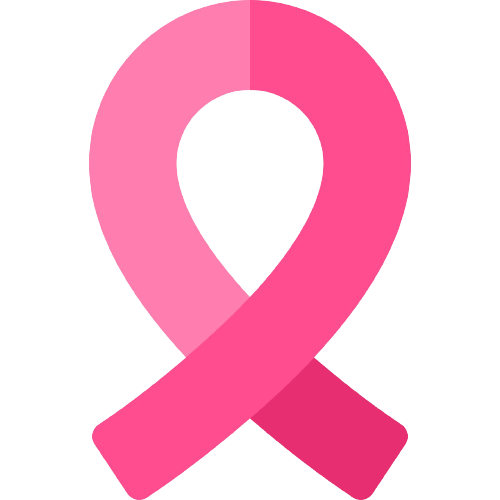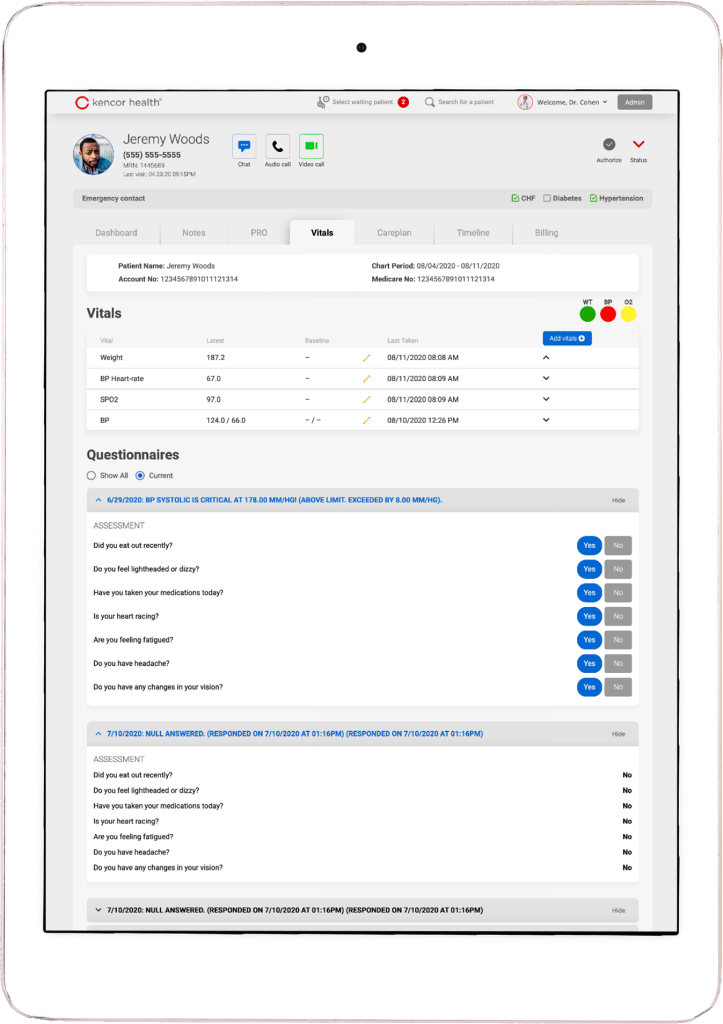- Dr. Swati Mehta - Patient Experience Specialist, Highly Respected Physician, and Remote Patient Monitoring / Telehealth Expert Joins the Kencor Team
- Kencor Health is now offering Integration & Professional Services for all Ecosystem products and services.
- Keep your operations running while your employees, students, staff, and customers stay safe. Kencor COVID-19 Symptom Screening


